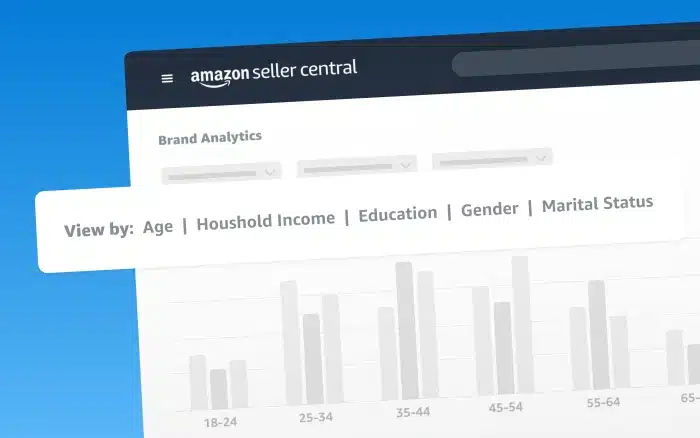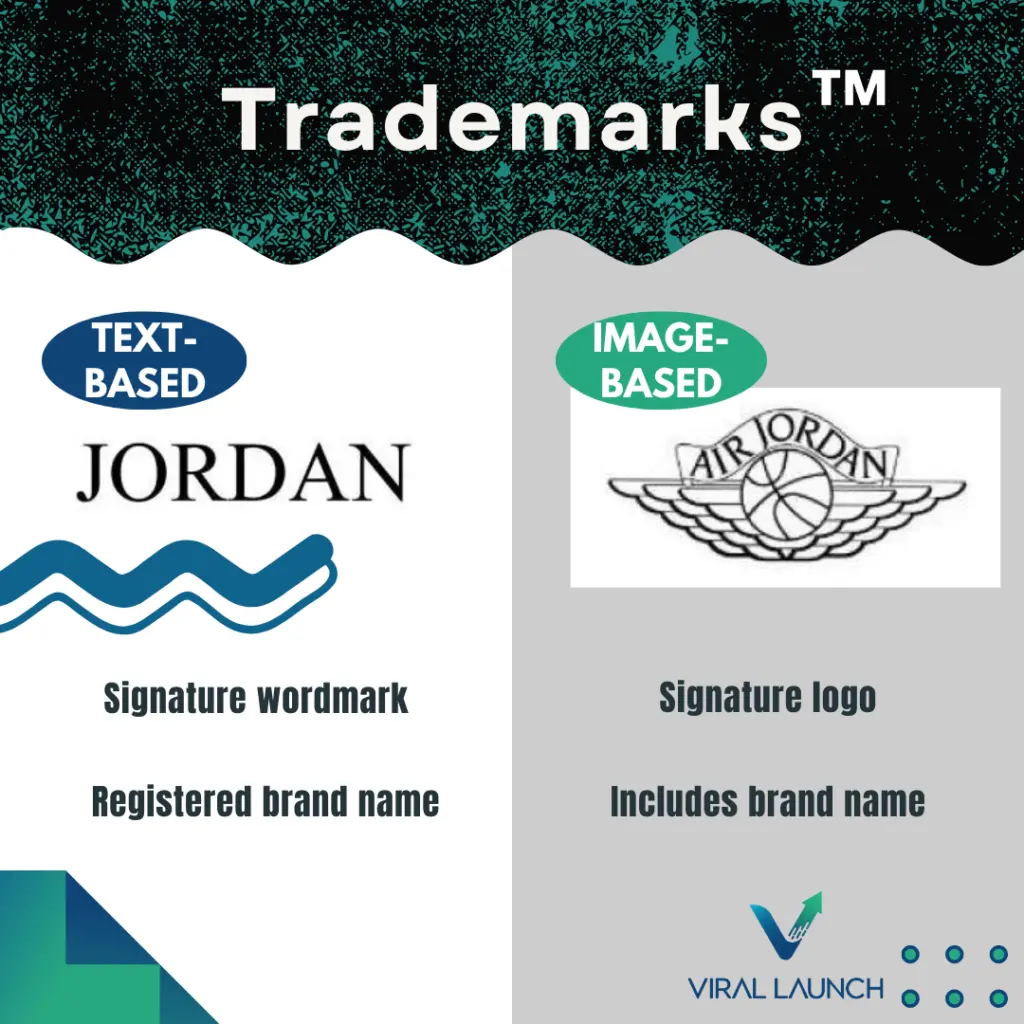As an Amazon seller, protecting your brand and its reputation is crucial for long-term success on the platform. Amazon Brand Registry (ABR) offers a suite of powerful tools to help sellers safeguard their intellectual property, enhance brand presence, and gain valuable insights into customer behavior. This comprehensive Amazon Brand Registry guide will walk you through everything you need to know about ABR, from eligibility requirements and costs to enrollment steps and maximizing its benefits.
What Is Amazon Brand Registry?
Amazon Brand Registry is a program that allows brand owners to obtain elevated tools and services to differentiate their products, protect their intellectual property, and analyze their brand performance on Amazon. By enrolling in ABR, sellers gain access to features like customized branding, predictive analytics, and enhanced product content, creating a more immersive shopping experience for customers.
Fees and Costs Associated With Brand Registry

Initial Registration Costs
Technically speaking, there is no Amazon Brand Registry cost, as it is free to enroll in. However, you must have a registered or pending trademark to be accepted into the program, and obtaining a trademark does come with a fee.
The cost to file an application is generally $250-$350, with each application allowing only one trademark. If you choose to add products to Amazon Brand Registry, remember to add your trademark registration fees to your budget of Amazon seller fees.
Ongoing Costs and Considerations
Once a trademark has been approved, it lasts for 10 years. After that, you’ll need to renew it with an application costing between $300 and $500 for another 10 years.
Enforcing your trademark rights falls under your responsibility. It’s crucial to actively monitor your trademark and take prompt action if you suspect any infringement. In the event that you have an issue with another seller infringing on your mark, providing proof of your mark to Seller Central is enough to get Amazon to suspend the counterfeiter and get them out of your hair.
Additionally, there are indirect fees that may come with ABR.
While adding A+ Content to your product listings is free, you might incur costs if you hire professionals to create premium content, such as graphic designers or copywriters. Likewise, building and maintaining an Amazon Store is free, but the content creation to make the most of your storefront is likely to come at a cost if you hire professionals to create the premium content.
Lastly, running Sponsored Brands ad campaigns to promote your brand and enhance visibility are charged on a pay-per-click basis, which can be costly depending on your strategy and utilization.
Pro Tip: To become a wizard at Sponsored Brands campaigns without burning through your budget, check out our PPC software, AdSprout, to maximize visibility and efficiency, and sign up for our free PPC Playbook course to learn the fundamentals of winning ad campaigns.
4 Benefits of Amazon Brand Registry
1. Increased Brand Protections
One of the primary benefits of brand registry on Amazon is enhanced counterfeit prevention and protection from anyone attempting to sell knockoffs. Counterfeiting is a significant issue that can harm your brand’s reputation, erode customer trust, and lead to financial losses. Unfortunately, without the brand protection that comes with ABR, there’s not much Amazon can do to deter counterfeiters from entering the market and siphoning sales.
With ABR, you have the tools to actively report and remove unauthorized sellers who attempt to list counterfeit versions of your products. This proactive approach ensures that only your legitimate products are available on Amazon, maintaining the integrity of your brand. By safeguarding your brand from counterfeit threats, you protect your revenue and reinforce customer confidence in your products, which is essential for long-term success.
For brands facing persistent unauthorized seller issues or MAP violations, specialized enforcement services can complement Amazon’s internal tools to provide broader protection.
2. Improved Brand Control
ABR provides unparalleled control over how your brand is presented on Amazon. One of the standout features is access to advanced brand content management tools, such as A+ Content, formerly known as Enhanced Brand Content (EBC).
With A+ Content, you can elevate your product listings by incorporating rich media, detailed descriptions, and compelling storytelling. This enhanced content allows you to highlight your product’s unique features and benefits, making your listings more attractive and informative. Such control over your brand’s presentation can significantly boost customer engagement and conversion rates.
Customers are more likely to purchase when they have access to comprehensive and visually appealing product information, leading to higher satisfaction and loyalty.
3. Increased Visibility and Search Results
Another key advantage of Amazon Brand Registry is the potential for increased visibility and improved search results. Enrolling in ABR can positively impact your search ranking, brand recognition, and brand loyalty on the Amazon marketplace.
You gain access to powerful advertising tools like Sponsored Brands and Amazon Stores. Sponsored Brands allow you to create targeted advertising campaigns featuring your brand and products, driving more traffic to your listings. Amazon Stores enables you to build a customized brand storefront, offering a curated shopping experience that reflects your brand’s identity and values.
These features enhance your brand’s visibility and make it easier for customers to find and connect with your products, ultimately leading to increased sales and brand loyalty.
4. Detailed Analytics and Insights

Last but not least, Amazon Brand Registry also provides access to comprehensive analytics and insights through Brand Analytics. This feature offers valuable data on consumer behavior, including shopping habits, search terms, and product performance. By analyzing this data, you can better understand your customers and make informed decisions to optimize your product offerings and marketing strategies.
Additionally, programs like Amazon Vine can be leveraged to gather early customer feedback and reviews, helping you refine your products and address any potential issues before they become widespread. These insights are crucial for staying competitive in the market, allowing you to adapt to changing customer preferences and continuously improve your brand’s performance on Amazon.
Amazon Brand Registry Requirements
Eligibility Requirements
In terms of eligibility, your brand and products must meet Amazon’s agreements and policies. You must be the brand owner, an authorized agent, or an approved Amazon seller for the branded products you want to enroll in.
Trademark Requirements
Amazon Brand Registry accepts two primary types of trademarks:
- Text-based marks (word marks)
- Image-based marks with words, letters, or numbers (design marks)

Any attempts to enroll in ABR without a trademark will be futile, as enrollment is a non-negotiable requirement. However, if your brand qualifies, you can obtain a proper Amazon trademark through the Amazon IP Accelerator to register your intellectual property with Amazon Brand Services and gain quicker access to the program.
Eligible Trademark Issuing Authorities
A recognized government trademark office must issue your trademark to enroll in Amazon Brand Registry. As of 2025 Amazon Brand Registry accepts trademarks from the following countries and regions:
- United States
- Brazil
- Canada
- Mexico
- Australia
- India
- Japan
- France
- Germany
- Italy
- Spain
- Netherlands
- Turkey
- Singapore
- Saudi Arabia
- Sweden
- United Kingdom (UK)
- European Union (EU)
- United Arab Emirates (UAE)
Having either a wordmark, a design mark, or both registered can provide your brand with the protection needed to enroll Brand Registry on Amazon. Ensuring that the trademark matches the branding used on your product listings is crucial to avoid discrepancies during the application process.
Step-By-Step Instructions for Enrolling in Amazon Brand Registry
- Prepare the required documents: Have your active registered trademark handy, as well as images of your products and packaging showing your branded logo, a website referencing your brand, a product purchase invoice, and any other proof of brand ownership.
- Visit the Amazon Brand Registry website: Head to brandservices.amazon.com and sign in with your Amazon seller account.
- Select “Enroll a new Brand.” Click to begin the brand enrollment process for your new brand.
- Enter your brand information: Include details such as your brand name, categories, description, and supporting documentation to prove your rights.
- Submit for review: After verifying your information, submit your enrollment for Amazon’s review team to process.
- Gain access to brand tools: Once approved, you’ll have access to advanced branding customization, violation reporting, uploading A+ Content, comprehensive brand performance analytics, and much more!
How to Get the Most Out of Amazon Brand Registry
Best Practices for Brand Protection
Develop a routine for monitoring Amazon’s Brand Registry Reports and Brand Analytics for any brand or intellectual property violations. Report infringements immediately to have unauthorized listings swiftly removed.
In Brand Analytics, set up automated alerts to notify you of any new seller names or variations used to list your branded products so you can respond quickly.
Use Enhanced Content Tools

Once enrolled, you can access Enhanced Brand Content (EBC) and Amazon Store functionality. Take advantage of this advanced selling space and create compelling A+ listings with high-quality images, videos, and enhanced descriptions to take your listings to the next level.
According to Amazon, A+ Content can increase sales by up to 8% and well-implemented premium A+ Content can increase sales by up to 20%! Either of these rates would do wonders for your business in the long run. When utilized properly, EBC captures shopper attention while communicating your unique brand story and value proposition.
Pro Tip: Leverage our Amazon A+ content generator to create compelling copy that aligns with Amazon’s standards.
Optimize Brand Visibility and Search
Invest in Sponsored Brand ad campaigns to prominently showcase your brand and products in relevant customer searches. For example, Amazon reports that brands that adopted Sponsored Brand video ads for the first time saw a 21% sales increase the next month compared to those who didn’t. In the long run, Sponsored Brand and Sponsored Product campaigns increased sales by 10% and click-through rate (CTR) by 25%.
Additionally, use Amazon Stores to create an immersive experience for shoppers to explore your whole product line, complete with rich multimedia content, curated product collections, and merchandising tools. Together, these powerful tools can make a serious impact on your bottom line.
FAQs
How long does Amazon Brand Registry application take?
Filling out the application takes just minutes with documentation ready, while Amazon Brand Registry approval time varies from three days to three weeks. If your application remains pending for longer than three weeks, contact Seller Central for further information about its status.
Can I sell on Amazon without brand approval?
Yes, but enrolling in ABR provides significant advantages in terms of brand protection and content control.
Can I appeal an Amazon Brand Registry decision?
Yes, if your application is denied, you can file an Amazon brand registry appeal using a link in your rejection email if you believe the decision was made in error.
Is Amazon Brand Registry worth it?
Amazon Brand Registry is absolutely worth pursuing for nearly any established brand selling on Amazon. The increased brand protection and control, selling advantages, and data insights make ABR indispensable for serious Amazon sellers looking to scale.
Final Thought on Amazon Brand Registry
Amazon Brand Registry is a powerful program that offers numerous benefits for brand owners. By protecting your brand, enhancing your product listings, and providing valuable insights, ABR helps you thrive in the competitive Amazon marketplace.
If you haven’t already enrolled your brand in ABR, we highly encourage taking this crucial step as soon as possible. Brand-registered products are heavily favored in Amazon’s systems and algorithms, so you’re leaving discoverability and sales on the table without it. Enroll today to safeguard your brand and take advantage of all the tools Amazon has to offer.
By following this guide, you can maximize the benefits of the Amazon Brand Registry and protect your brand’s reputation on one of the largest online marketplaces. As always, we wish you the best of luck on your Amazon journey!








